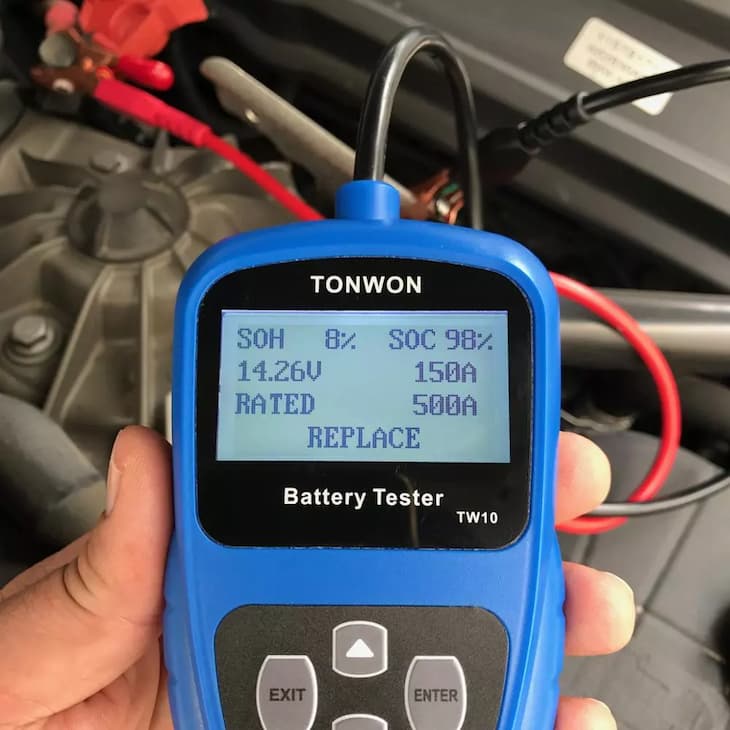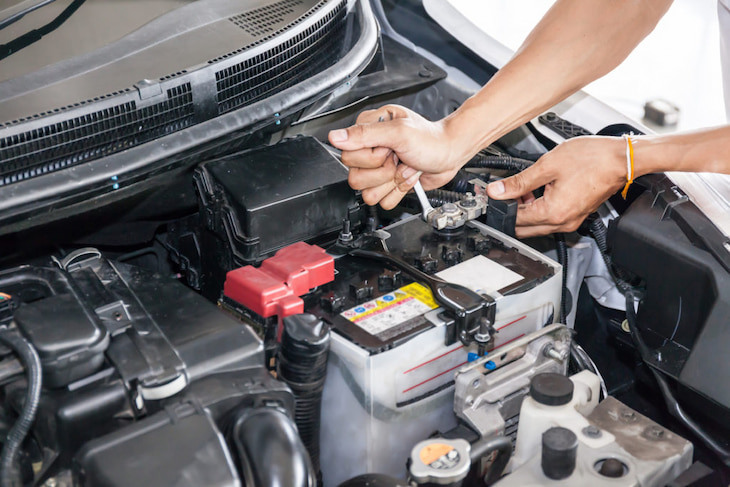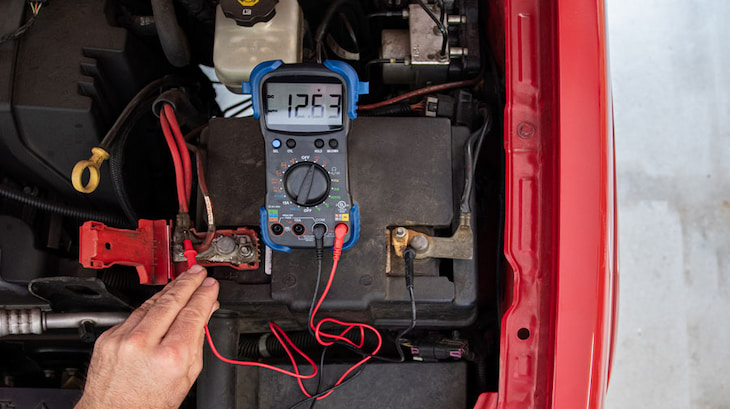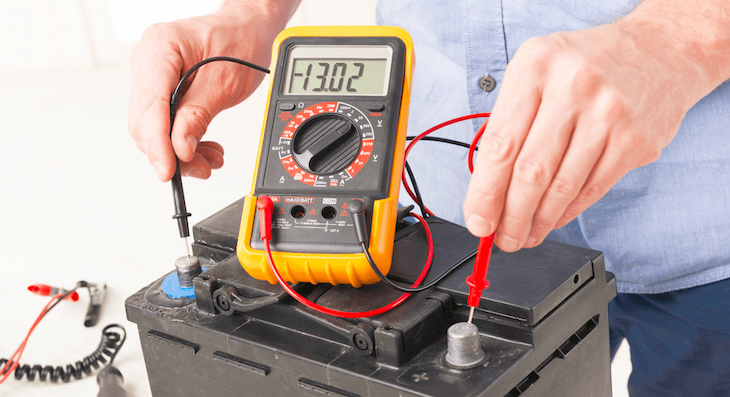Are you having trouble starting your car? Did you know that one of the main reasons for failing to start is a dead battery? It’s an overlooked part of your car, yet it’s quite important that you stay on top of its condition and performance. Regular battery checks are recommended to give you peace of mind. And contrary to what many people believe, testing the battery is relatively straightforward – all you need is a battery monitor. Battery monitors are small, simple devices that will inform you of your battery’s status at all times. If you’re looking for a battery monitor, you’ll come across two basic types – a 12v bluetooth battery monitor, and a wired battery monitor.
Do You Even Need One?

If you’ve never had one before, do you even need one now? The answer is – probably yes. Battery monitors are similar to battery testers, with the only difference being the monitor allows you to know the status of the battery at all times. In other words, you won’t have to connect the tester to the battery constantly. The need for battery monitors has increased as of lately, since most people charge their phones in their cars as well. Some people also have a variety of other devices that they use in their vehicle, which can drain the battery much faster. The constant charging and powering of devices can take their toll on the battery.
With a 12v bluetooth battery monitor, you can see the charge status of the battery at all times. If you notice it’s low, you can stop charging or powering anything inside your vehicle. Once you see the charge level being higher, you can start charging devices again. While you should pay close attention to the battery of your vehicle, it’s not necessary.
Testing Your Battery
There are a few important features to be on the lookout for when buying a battery monitor. The most basic one is ensuring the monitor features a voltmeter test. This is important to have if you want to monitor your battery level when the engine is turned off. For instance, you want to see the battery’s charging status and level. Having this level of insight is helpful for determining the status of your battery. Luckily, most battery monitors have this feature nowadays. Keep in mind, some voltmeter and charger combo products can only test and monitor the battery, but not the alternator.

Design and Display
The battery monitor should be easy to read and understand. Most monitors feature an LCD display that’s clean and easily readable. This is important to prevent the monitor from becoming a distraction when driving. The design of the battery monitor plays an important role as well. There are two types of monitors in terms of design – those that are connected to the battery terminals, and those connected to auxiliary sockets. If your auxiliary sockets are already used, you should get a model that connects to the terminal.
Type of Alerts
What’s a battery monitor good for if it doesn’t alert you when something’s wrong with the battery? You can have the battery monitor send notifications to your phone regarding your battery’s status. While this isn’t standard in all battery monitors, most new ones have this feature integrated. This is especially helpful for people who don’t know how to test a battery, but need to have readings made every now and then.

How Many Volts Should Your Battery Have?
When fully charged, car batteries have 12V or more. When the engine is running, the measurement can go up from 13.7V to 14.7V. If you don’t have a meter to provide you with the voltage information, you can test your electrical system by turning on your car and enabling the headlights. If they’re dim, your battery is running on little to no charge. If the lights become lighter as you press the accelerator, your electrical system is in good state. If you’re having issues and the headlight test is working properly, you should check whether something on the vehicle is taking away from the battery.
How to Perform a Load Test?

In order to perform and pass a load test, the battery needs to maintain 9.6V for at least 15 seconds when tested at half CCA rating at least 21°C. The test is performed using a true load tester, and not a handheld tester that functions off a conductance algorithm. The test should also be run when the battery is in a high charging state. Make sure you follow the safety and handling instructions that come with the battery. Speaking of instructions, always follow the instructions that come with the battery monitor and tester. If you’re having any sort of trouble, look for a solution online, as someone has likely had, and fixed the same issues you may come across.


















